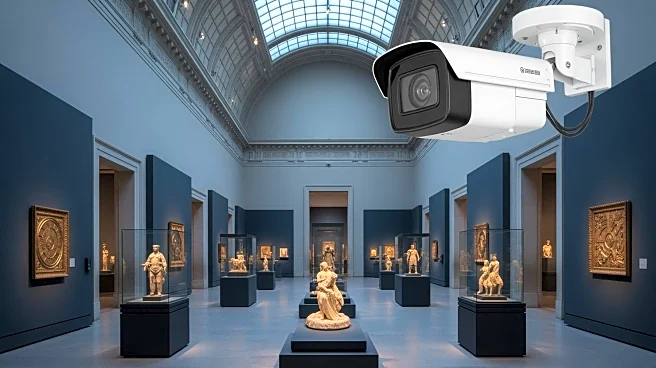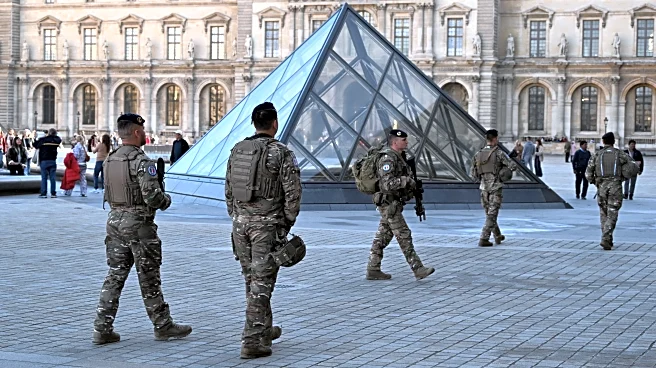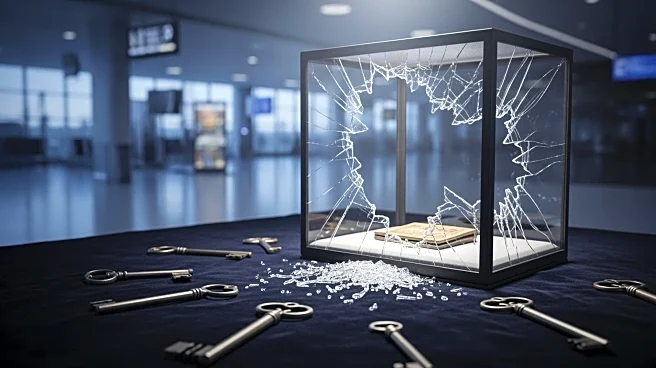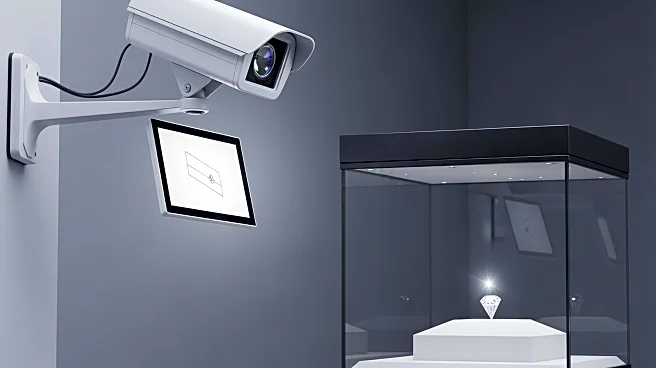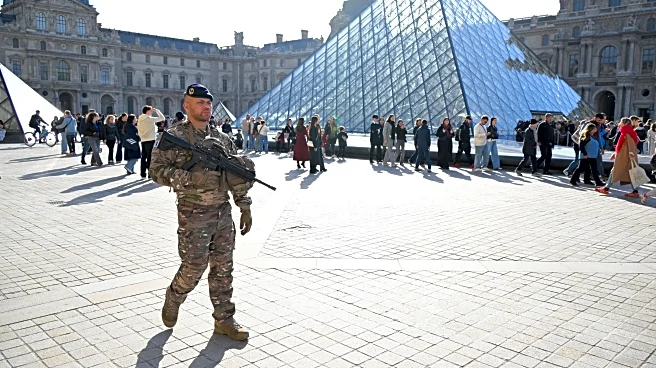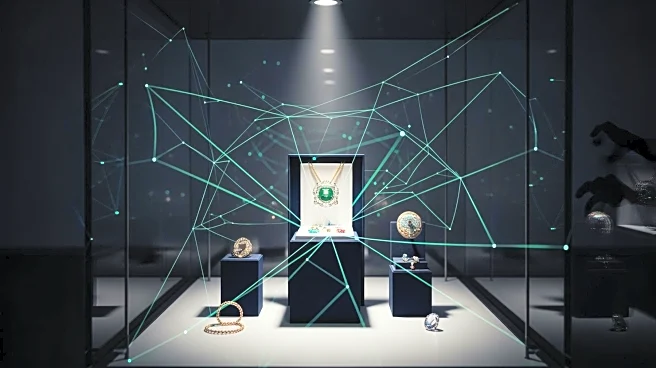What's Happening?
The Louvre, one of the most renowned art galleries in France, has been exposed for significant security vulnerabilities following a heist on October 18, where $102 million worth of crown jewels were stolen.
Reports indicate that the museum's video surveillance system was protected by the password 'Louvre,' a glaring oversight that has been part of a decade-long history of security lapses. A 2014 cybersecurity audit by the French Cybersecurity Agency (ANSSI) revealed that experts could easily infiltrate the museum's security network, manipulate video surveillance, and modify badge access due to weak passwords. Further audits in 2015 highlighted additional security shortcomings, including outdated systems and poorly managed visitor flow.
Why It's Important?
The exposure of such critical security flaws at a major cultural institution like the Louvre underscores the importance of robust cybersecurity measures. This incident highlights the potential risks faced by museums and similar institutions worldwide, which often house invaluable artifacts. The failure to update security protocols and systems not only jeopardizes the safety of these treasures but also raises questions about the management and oversight of such institutions. The incident could prompt other museums to reassess their security measures, potentially leading to industry-wide changes in how cultural assets are protected.
What's Next?
In response to the heist and the subsequent revelations, the Louvre may face increased pressure to overhaul its security systems. This could involve updating outdated software and hardware, implementing stronger password protocols, and enhancing overall security measures. The French government and cybersecurity agencies might also take a more active role in ensuring that national treasures are adequately protected. Additionally, this incident could lead to broader discussions about cybersecurity standards in cultural institutions globally.
